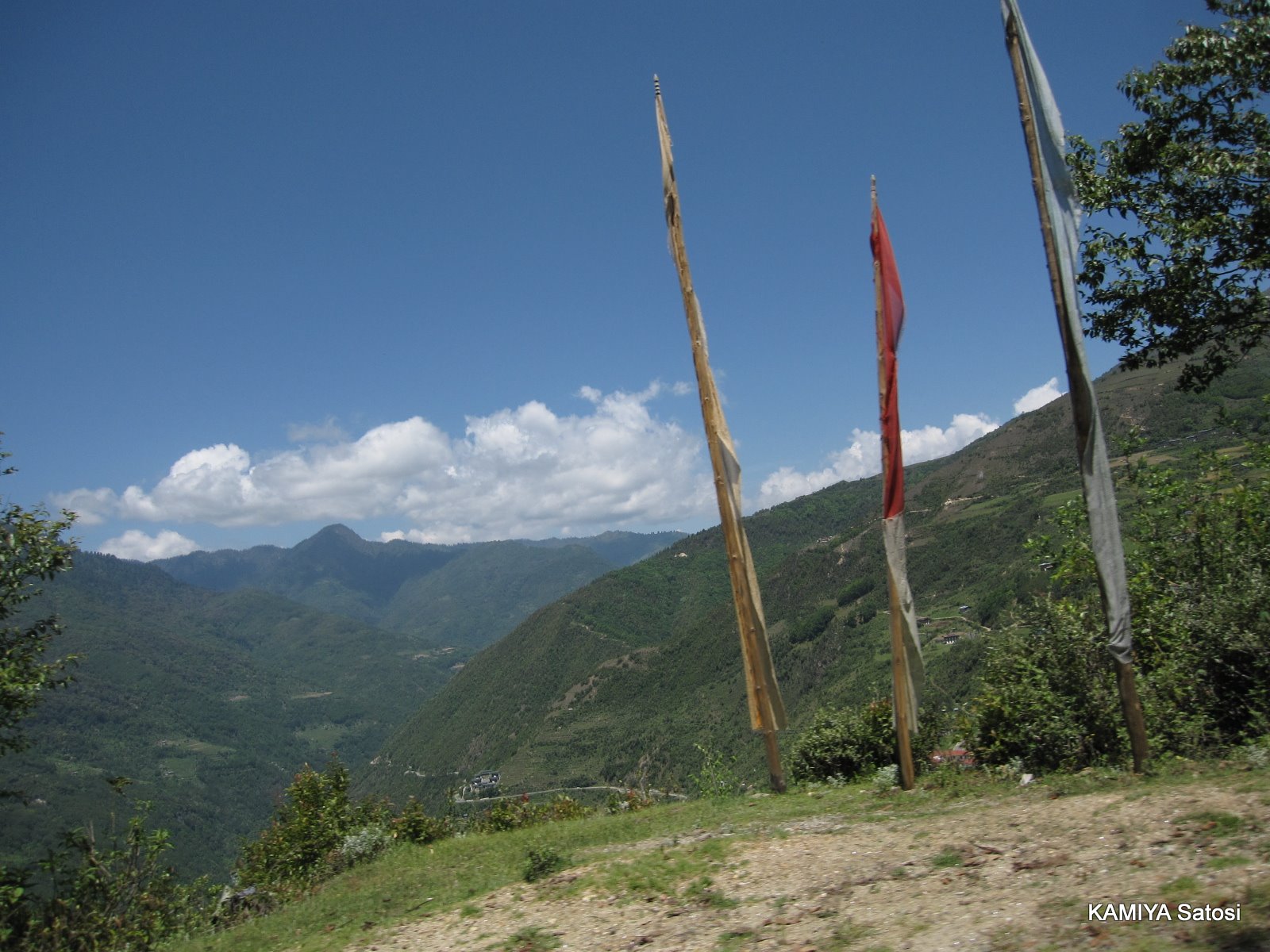Trongsa District on:
[Wikipedia]
[Google]
[Amazon]
Trongsa District (
 Trongsa is a linguistically diverse district. In the north and east inhabitants speak Bumthangkha, and in the extreme southeast Khengkha is spoken. Nyenkha is spoken in the western half of the district, straddling the border with
Trongsa is a linguistically diverse district. In the north and east inhabitants speak Bumthangkha, and in the extreme southeast Khengkha is spoken. Nyenkha is spoken in the western half of the district, straddling the border with
Dzongkha
Dzongkha (; ) is a Sino-Tibetan language that is the official and national language of Bhutan. It is written using the Tibetan script.
The word means "the language of the fortress", from ' "fortress" and ' "language". , Dzongkha had 171,080 n ...
: ཀྲོང་གསར་རྫོང་ཁག་; Wylie transliteration
Wylie transliteration is a method for transliterating Tibetan script using only the letters available on a typical English-language typewriter. The system is named for the American scholar Turrell V. Wylie, who created the system and published ...
: ''Krong-gsar rdzong-khag'') is one of the districts of Bhutan
The Kingdom of Bhutan is divided into 20 districts ( Dzongkha: ). Bhutan is located between the Tibet Autonomous Region of China and India on the eastern slopes of the Himalayas in South Asia.
are the primary subdivisions of Bhutan. They pos ...
. It is the most central district of Bhutan and the geographic centre of Bhutan is located within it at Trongsa Dzong.
Languages
 Trongsa is a linguistically diverse district. In the north and east inhabitants speak Bumthangkha, and in the extreme southeast Khengkha is spoken. Nyenkha is spoken in the western half of the district, straddling the border with
Trongsa is a linguistically diverse district. In the north and east inhabitants speak Bumthangkha, and in the extreme southeast Khengkha is spoken. Nyenkha is spoken in the western half of the district, straddling the border with Wangdue Phodrang District
Wangdue Phodrang District (Dzongkha: དབང་འདུས་ཕོ་བྲང་རྫོང་ཁག་; Wylie: ''Dbang-'dus Pho-brang rdzong-khag''; previously spelled "Wangdi Phodrang") is a dzongkhag (district) of central Bhutan. This i ...
. To the north, along and across the same border, live speakers of Lakha. In the extreme south, the national language Dzongkha
Dzongkha (; ) is a Sino-Tibetan language that is the official and national language of Bhutan. It is written using the Tibetan script.
The word means "the language of the fortress", from ' "fortress" and ' "language". , Dzongkha had 171,080 n ...
is spoken. Across the mid-south, tiny communities of autochthonous 'Olekha (Black Mountain Monpa) speakers have all but disappeared.
Historically, Bumthangkha and its speakers have had close contact with speakers of Kurtöpkha, Mangduepikha and Khengkha, nearby languages of central and eastern Bhutan, to the extent that they may be considered part of a wider collection of "Bumthang languages." Nyenkha, also related to the Bumthang languages, is more divergent while 'Olekha is only distantly related.
Geography
Trongsa covers a total area of 1807 sq km. It is bordered byWangdue Phodrang District
Wangdue Phodrang District (Dzongkha: དབང་འདུས་ཕོ་བྲང་རྫོང་ཁག་; Wylie: ''Dbang-'dus Pho-brang rdzong-khag''; previously spelled "Wangdi Phodrang") is a dzongkhag (district) of central Bhutan. This i ...
to the west and Bumthang District
Bumthang District (Dzongkha: བུམ་ཐང་རྫོང་ཁག་; Wylie: ''Bum-thang rzong-khag'') is one of the 20 dzongkhag (districts) comprising Bhutan. It is the most historic dzongkhag if the number of ancient temples and sacred s ...
to the east. To the south it borders Tsirang, Sarpang, and Zhemgang Districts.
Administrative divisions
Trongsa District is divided into five village blocks (or '' gewogs''): * Dragteng Gewog * Korphu Gewog * Langthil Gewog * Nubi Gewog * Tangsibji GewogEnvironment
Most of Trongsa Districts is environmentally protected. Wangchuck Centennial Park in the north (the ''gewog'' of Nubi) and Jigme Singye Wangchuck National Park in central, western, and southern Trongsa (the ''gewogs'' of Langthil and Tangsibji) are connected by biological corridors, all of which are protected areas of Bhutan. Biological corridors also occupy substantial portions of the southeast and northeast, leading to Thrumshingla National Park in neighboring districts. Jigme Singye Wangchuck National Park preserves some of Bhutan's wildlife such as the Himalayan Bear and White Langur.See also
*Districts of Bhutan
The Kingdom of Bhutan is divided into 20 districts ( Dzongkha: ). Bhutan is located between the Tibet Autonomous Region of China and India on the eastern slopes of the Himalayas in South Asia.
are the primary subdivisions of Bhutan. They pos ...
* Trongsa Province
References
{{Authority control Districts of Bhutan